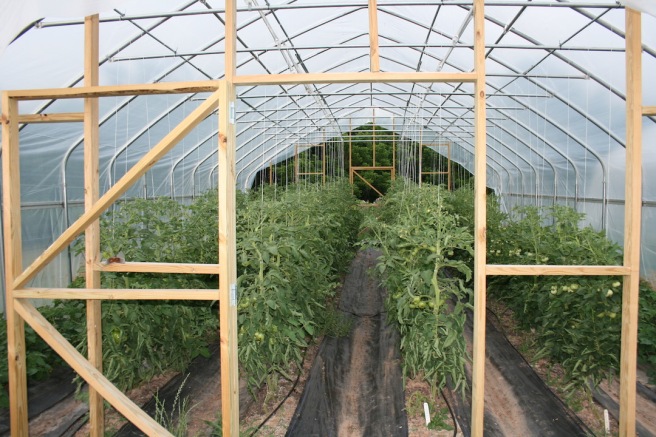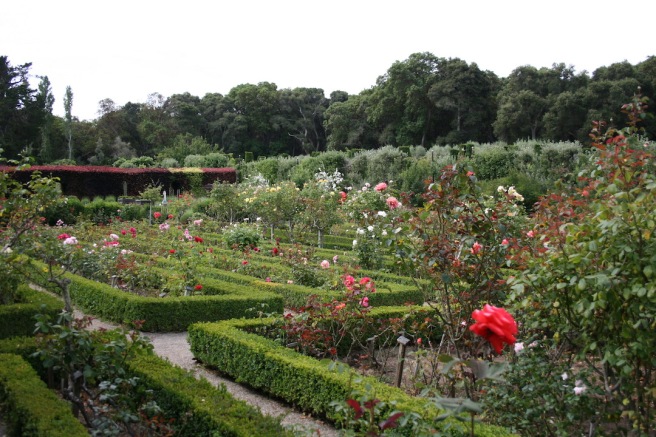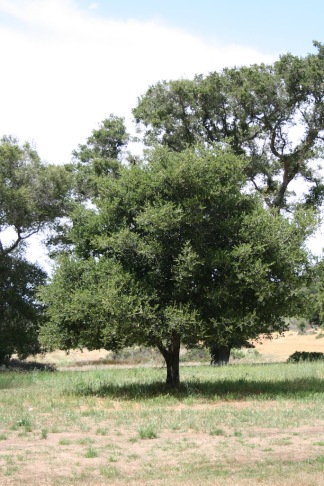The Garden Bloggers Fling itinerary devoted an afternoon of open time to see the many individual Smithsonian Gardens found along the National Mall in Washington D. C. We were free to pick and choose from among the 12 gardens found in the stretch between the Washington Monument and the United States Capitol–it was no easy feat to decide where to use this precious time. I visited 6 of the 12 and spent a bit of time at the Farmer’s Market near the U.S. Department of Agriculture Building.
Rain threatened constantly and the day was miserably hot and humid. We disembarked our bus and headed in one, twos and threes to execute our finely tuned 12 gardens in 3 hours plans. My first stop was the Pollinator Garden in homage to the designation of June 19-25 as National Pollinator Week. This garden fills a 400 X 40 ft. area on the east side of the National History Museum at 9th St.
The garden was established in 1995 as the Butterfly Habitat Garden, solely focused on butterflies. In 2016 the garden was re-dedicated as the Pollinator Garden to showcase the wider diversity of pollinators, including bees, beetles, butterflies, flies, hummingbirds, moths and wind. Natives were added to the plantings to provide beneficial habitat to the wide range of pollinators and the garden’s focus became the interdependency between plants and pollinators.
Although this garden was packed with plants, those in full bloom were few enough to provide bright pops of color as you walked along the wide curved path. I was really impressed at the educational opportunities this space offers to parent and teachers. The signage is colorful and appealing to both adults and children! The first plaque introduces you to the myriad of pollinators and alerts you to read the each subsequent pollinator profile panel focused on a single pollinator.


This area of the garden focuses on bees. On the far left you see a young lady relaxing under skies which have momentarily cleared. This long slender open space has several benches and at the moment of my visit they were mostly filled. Below is the pollinator profile panel for this section.

I have to say that I stopped and read every one of the seven panels as I wandered through. Who knew that flies prefer pale and dull to dark brown or purple flowers; or that fragrance plays no part in the hummingbird’s choice of flower to visit; or that moths outnumber butterflies 10 to 1 and like to visit four o’clocks, moonflowers and tobacco? I can honestly say that I had never even thought of a beetle or fly as being a pollinator; we are so focused on bees and butterflies. The beetle information was fascinating–the panel tells readers that “beetles are referred to as ‘mess and soil’ pollinators, beetles blunder their way through delicate blossoms searching of food, a mate or perhaps the bathroom”.
Wide borders with tall evergreen and conifer backgrounds block the noise from 9th Street which is only a few feet away. A very pleasant and peaceful walk for being right in the middle of bustle of the capital!
A few familiar pollinator friendly plants blooming included Salvia guaranitica, Monarda (bee balm), several varieties of Phlox paniculata

This is Pycnanthemum muticum, commonly called clustered mountainmint. I saw this plant in several different settings–totally new to me but I am putting it on my research list–it almost glowed!
The Pollinator Garden was not showy by any measure at this point in its season but I really enjoyed walking through and learning the interesting facts about the different pollinators which perform a task critical for the survival of mankind–the same mankind that stomps, sprays and swats them on a daily basis. Gardens emphasizing natural plant partnerships provide host plants, not only as food sources but also for shelter and safe havens for laying eggs and wintering over. Bravo to this garden for increasing my awareness of pollinator diversity.
We had learned that the weekly Friday Farmers Market adjacent to the Department of Agriculture would have some extra things going on for National Pollinator Week. Only moments after walking back across the National Mall to reach the site the skies opened up and there was a scramble for shelter by visitors and vendors alike. I did get a quick look at a couple of the booths including one educating visitors on bat pollination.


And I made a new garden friend–this HUGE Malayan flying fox! He (she?) is one of the Southeast Asian species of megabat–no kidding, megabat!

There is just not much more I can say about this amazing creature except “Wow!”.
I’ll continue to alternate public and private garden posts for a couple of weeks until I either have given you a peek at all of them or until the details start to become a blur…

Here’s a quick shout out to one of the sponsors of the 2017 Capitol Region Garden Bloggers Fling–American Beauties Native Plants. Check out their website at http://www.abnativeplants.com for native plants which will help you create gardens that are not only beautiful but also habitats for desirable wildlife. Thank you!


















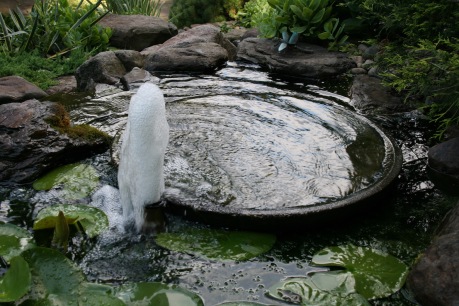
























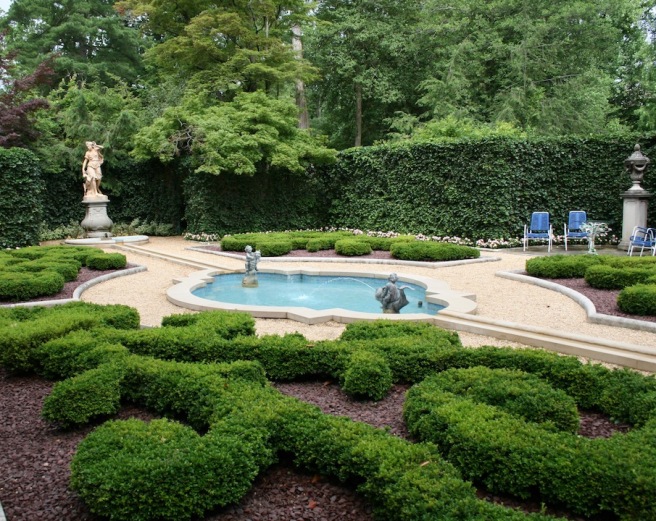



































 After our taste buds and tummies were satisfied we took the short walk to the Willowsford Farm stand, accompanied by Farm Manager Michael Snow and farm employee Jen.
After our taste buds and tummies were satisfied we took the short walk to the Willowsford Farm stand, accompanied by Farm Manager Michael Snow and farm employee Jen.











